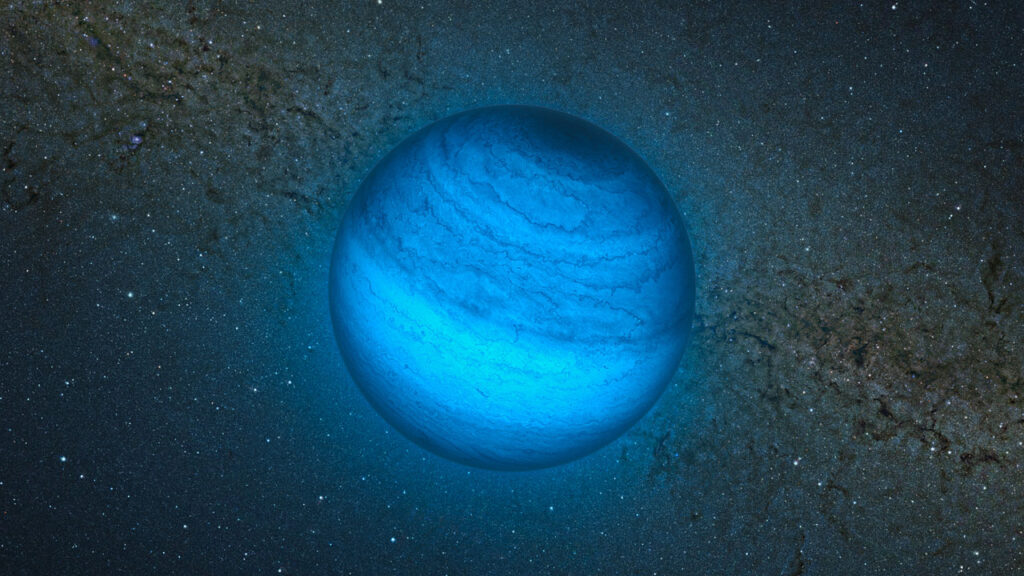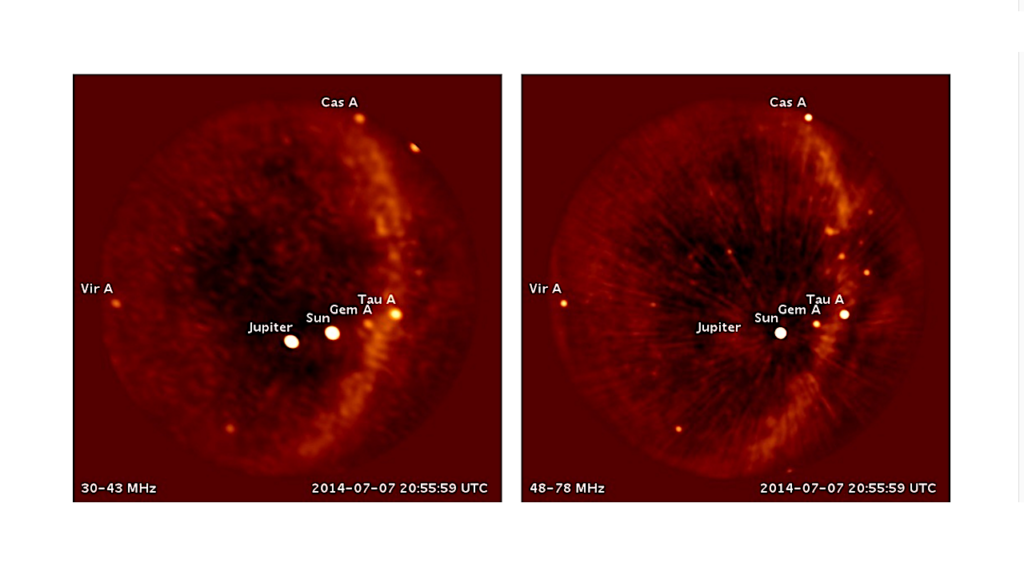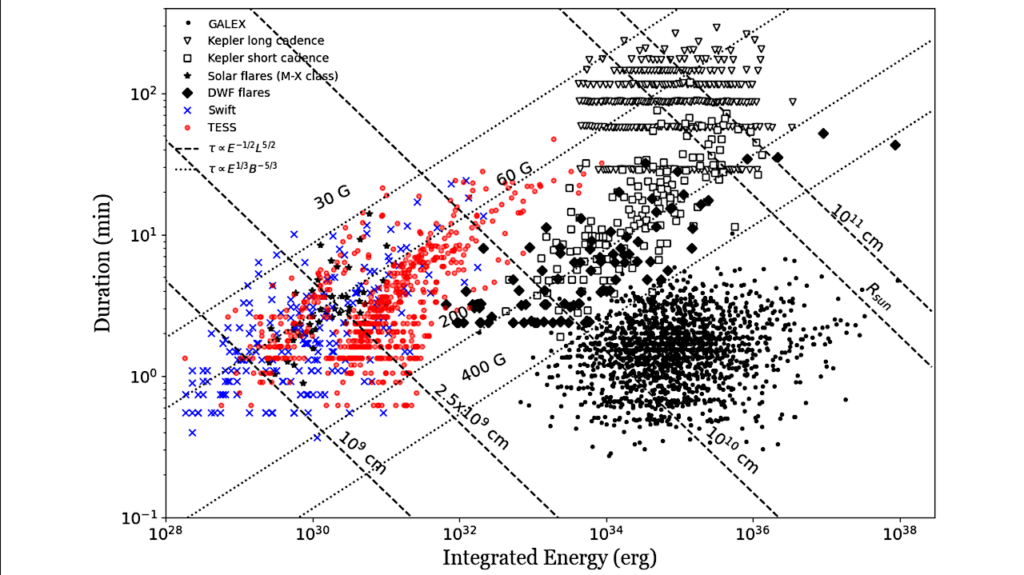On The Stability Of Planetary Orbits In Binary Star Systems I. The S-type Orbits

Many exoplanets are discovered in binary star systems in internal or in circumbinary orbits. Whether the planet can be habitable or not depends on the possibility to maintain liquid water on its surface, and therefore on the luminosity of its host stars and on the dynamical properties of the planetary orbit.
The trajectory of a planet in a double star system can be determined, approximating stars and planets with point masses, by solving numerically the equations of motion of the classical three-body system. In this study, we analyze a large data set of planetary orbits, made up with high precision long integration at varying: the mass of the planet, its distance from the primary star, the mass ratio for the two stars in the binary system, and the eccentricity of the star motion. To simulate the gravitational dynamics, we use a 15th order integration scheme (IAS15, available within the REBOUND framework), that provides an optimal solution for long-term integration. In our data analysis, we evaluate if an orbit is stable or not and also provide the statistics of different types of instability: collisions with the primary or secondary star and planets ejected away from the binary star system.
Concerning the stability, we find a significant number of orbits that are only marginally stable, according to the classification introduced by Musielak et al. 2005. For planets of negligible mass, we estimate the critical semi-major axis ac as a function of the mass ratio and the eccentricity of the binary, in agreement with the results of Holman and Wiegert 1999. However, we find that for very massive planets (Super-Jupiters) the critical semi-major axis decrease in some cases by a few percent, compared to cases in which the mass of the planet is negligible.
G. De Cesare, R. Capuzzo-Dolcetta
Comments: Accepted for publication on Astrophysics and Space Science
Subjects: Earth and Planetary Astrophysics (astro-ph.EP)
Cite as: arXiv:2106.01753 [astro-ph.EP] (or arXiv:2106.01753v1 [astro-ph.EP] for this version)
Submission history
From: Giovanni De Cesare
[v1] Thu, 3 Jun 2021 11:07:33 UTC (473 KB)
https://arxiv.org/abs/2106.01753
Astrobiology,








